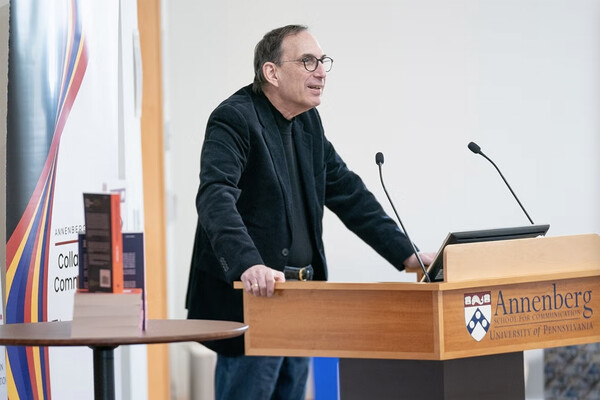
Image: Courtesy of Annenberg School for Communication

Image: Courtesy of Annenberg School for Communication

David Lydon-Staley is an assistant professor of communication and principal investigator in the Addiction, Health, & Adolescence (AHA!) Lab at the Annenberg School for Communication.
(Image: Courtesy of Annenberg School for Communication)

Science & Community Impacts Mapping Project (SCIMaP).
(Image: Courtesy of Annenberg School for Communication)

Joseph Turow is the Robert Lewis Shayon Professor of Media Systems & Industries at Penn’s Annenberg School for Communication.
(Image: Courtesy of Annenberg School for Communication)

Image: iStock/oatawa

Image: iStock/Greggory DiSalvo

Image: iStock/VectorMine